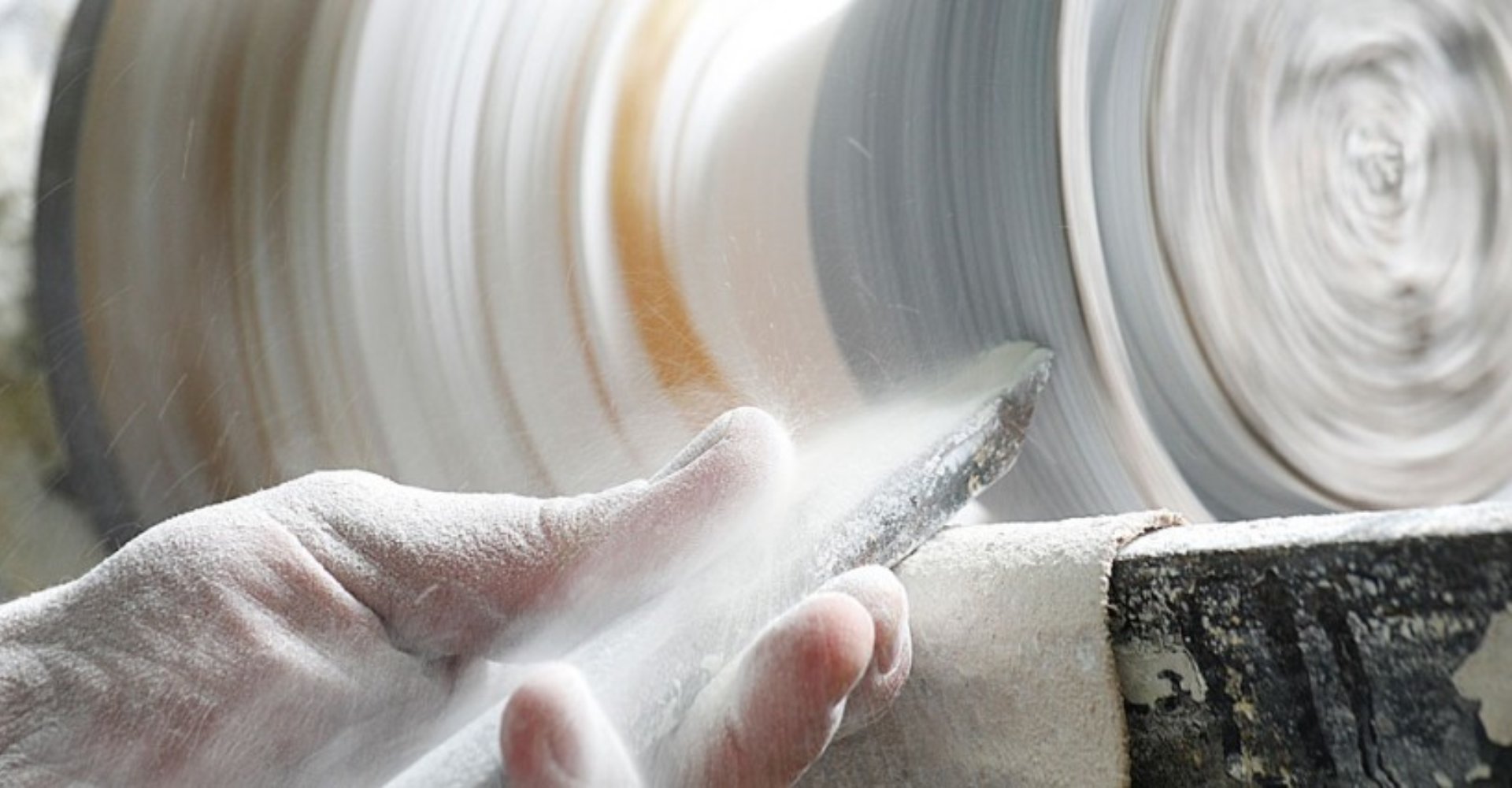Volterra alabaster

A symbol of the city's culture and history
Alabaster working continues to flourish in Tuscany, especially around the Val di Cecina. "Alabaster" is a term of Egyptian origin that probably derives from the city Alabastron, a place where in ancient times jars and amphorae intended for storing perfumes were made.

Chalky alabaster, the kind that is worked in Volterra and in particular the kind quarried from the subsoil of Castellina Marittima, was formed in the Miocene period as a result of a process of sedimentation and concentration of calcium sulfate contained in sea water.
It is a malleable stone whose processing, thanks to its particular softness, is extremely easier than that of marble and is therefore suitable for reproducing on a small scale certain richly detailed ornamental motifs and for portraying in detail the human face, according to the aesthetic canons that dominated the directions of classical art.
More than 2,000 years have passed since the Etruscans first began carving alabaster, but it is still crafted today in the hilltop town of Volterra. Although it no longer represents a significant part of the local economy, it is nonetheless a fundamental part of the town’s culture.
The year 1792 marked an important turning point in the establishment of alabaster working: Marcello Inghirami Fei decided to invest in the establishment of the first workshop structured as a real factory, with 120 skilled workers employed. Thus was born the Volterrana School, which gathered some of the best masters of sculpture, ornamentation and decoration in Europe.
Today, in addition to buying alabaster handicrafts in Volterra's workshops, you can visit the Ecomuseo dell'Alabastro. Here the local history of alabaster, from the past to the present, is illustrated with a short exhibition tour.